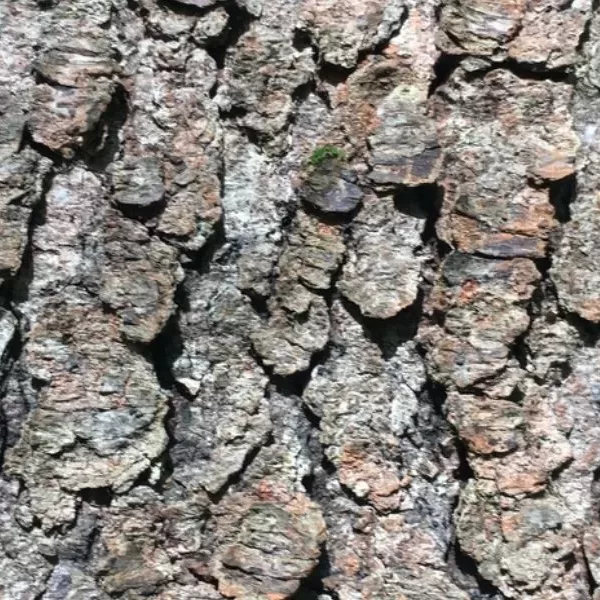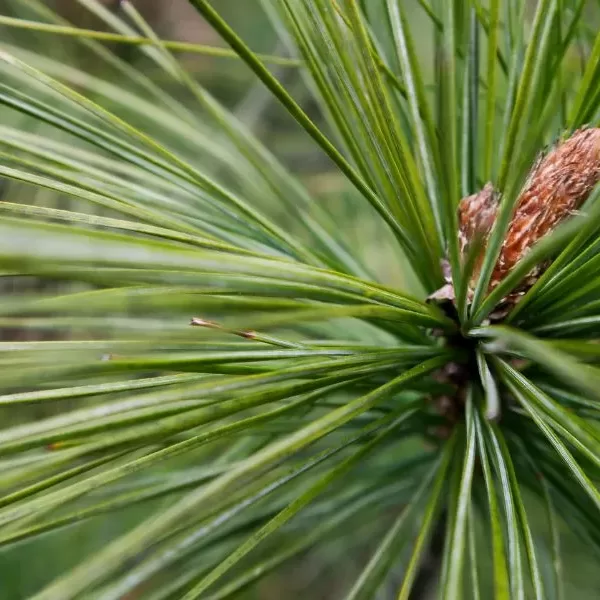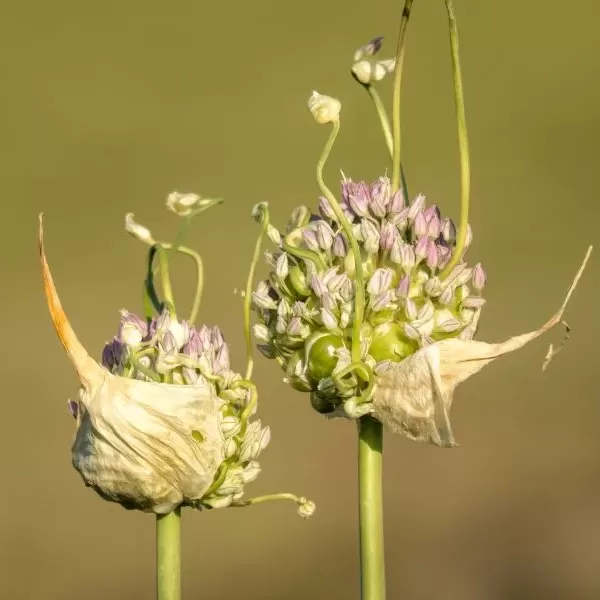Exploring the Edible Wilderness
Foraging is a culinary adventure that connects us with nature, offering unique, edible treasures. Grab your basket, explore the wilderness, and let these wild ingredients inspire your culinary creations. Look for more staff-led foraging programs at KNC each season!
Please note:KNC has established an official Foraging Policy in an effort to foster a safer experience that protects visitors and participants, as well as the ecological health of the natural resources in our care. Visitors are permitted to forage edible fruits, nuts, invasive plants, or other approved species on a limited basis for personal consumption following this Foraging Policy. Visitors choosing to forage at KNC do so at their own risk; the Kalamazoo Nature Center and its staff bear no responsibility or liability for adverse outcomes from foraging, even when done as part of a directed program.



